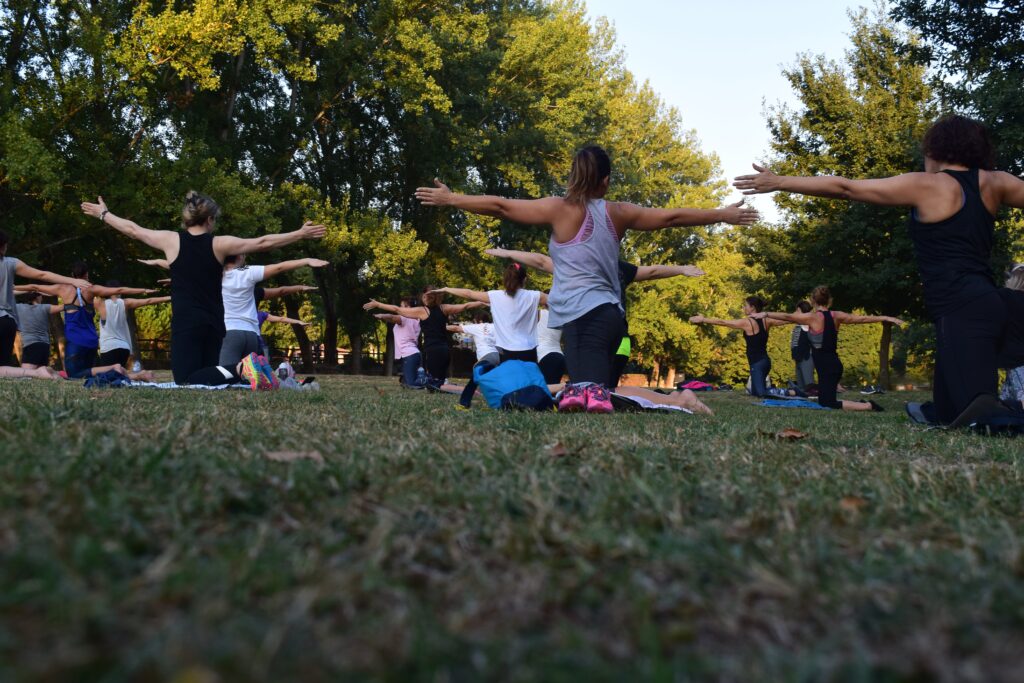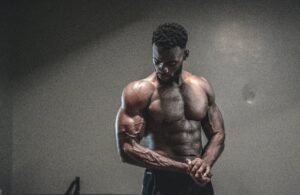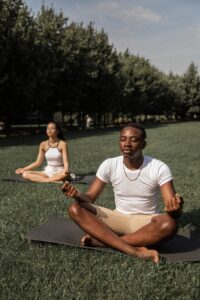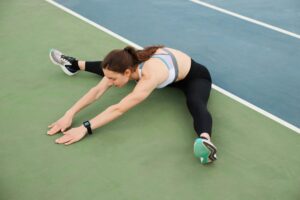What is Pilates:
Pilates combines the precision of gymnastics, the elegance of dancing, and the deep, flowing breathing of yoga to provide a mind-body fusion of strength and concentration. Pilates is a low-impact but highly effective approach to fitness that will change your entire fitness from the inside out. Its aim is to every movement with complete awareness, focus and precision so that you can develop subtle control over your body.

Benefits of Pilates:
- Improved core strength
- Enhanced mobility throughout your spine so your entire body
- Strong, toned abs, buttocks and legs
- Great posture to appear more tall and slim
- Heightened body awareness thanks to mind-body connection
- Increased ease and grace in all movements
- Improved coordination skills
- Greater stability and balance
How Pilates increases flexibility:
- Flexibility: range of motion of your joints and determined by the ability of the surrounding muscles to stretch or elongate
- In dynamic stretching: you move your body into a stretch and then release rapidly
- In static stretching: you stretch a muscle to its maximum and then hold
→ some static exercises may be included in your routine to help relaxation and ^part of your cool-down
Principle of Pilates:
- Control
→ exercising with control means moving slowly and gradually without any jerky movements
→ without control pilates is not as effective and you can injury yourself
→ with control you can do a safe and highly effective movement each time
→ observe the correct form for each movement
- Concentration
→ you need to be 100% concentrated to get the best out of your exercise
→ focus your mind on every aspect of each exercise to ensure that one body area doesn’t fall out of alignment when you correct another
→ check from time to time your body to see how its responding to the exercise and adapt your position as required
- Centring
→ you need to use the core of your body ( engaging the muscle in your “core” ) as the driving force of all your movements
- Precision
→ ensuring that each part of your body is in precisely the right place and the right time during each exercise
→ involves repeating or holding each exercise for an appropriate amount of times for your body
- Breath
→ breathe slowly and deeply coordinating it with your movements for a sense of ease and harmony
→ inhale to prepare for a movement and exhale to perform it

Essential Alignment:
- Standing Posture
→ Ensure that your head is in the center of your body, neither tilted to one side nor the other in order to lengthening your spine and neck
→ Make sure that your neck isn’t “crushed”
→ Relax your shoulders
→ Open your chest without pushing it out or overarching your back
→ Keep your legs straight but don’t lock your knees and that your weight is evenly distributed between both feet/sides of your body
- Lying Posture
→ Lie on your back on the floor with your arms by your sides
→ As you inhale, bend your legs so that your knees point upwards and your feet are flat on the mat, hip-width apart, facing forwards
→ As you exhale, let your body weight sink into the floor, keeping your head, neck, and jaw relaxed and avoid crunching the vertebrae of your neck or tightening your throat
→ Gently press your shoulders
→ Gently rock your pelvis up and down: when you push it up your back will flatten on the mat and when you push it down your back will arch and a gap will form between your lower back and the floor
→ When breathing feel your rib cage opening and expanding
EUROPEAN PERSPECTIVE
Pilates Tips
Domyos’ advice when starting Pilate:
- Concentration
- Control
- Breathing
- Centering
- Precision
- Fluidity
source: The Fitness Book – DK & https://www.domyos.fr/conseils-pilates



